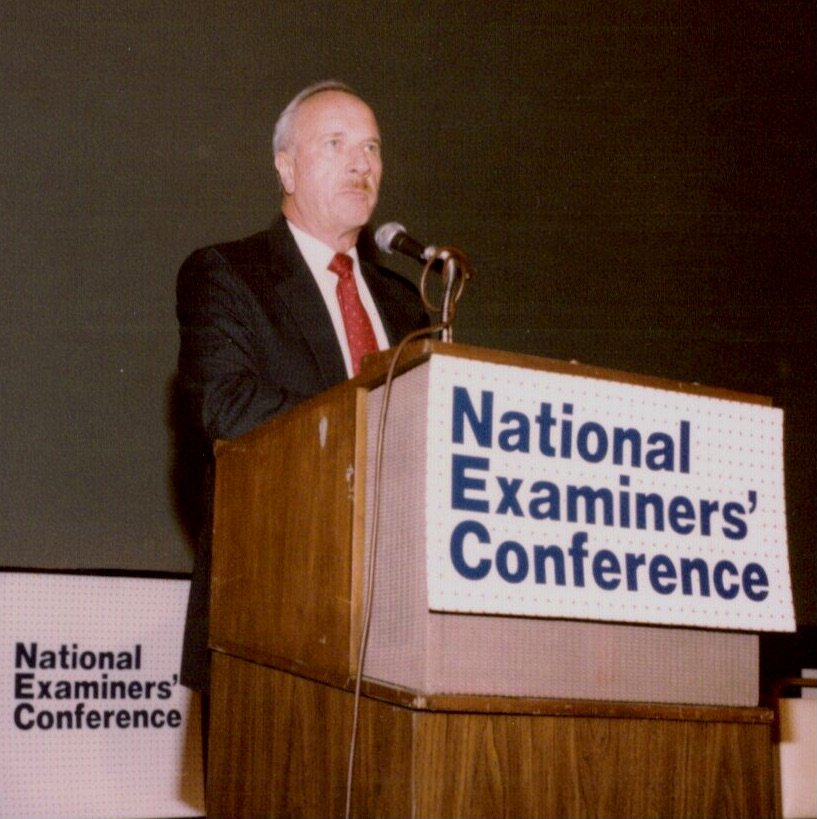(by Marit Hoyem, a junior at Williams College)
Last summer I interned for Callahan and Associates where I wrote blog posts about my generation’s financial outlook and spending habits. As a Gen Z and local Credit Union member, I provided a perspective how credit unions can better serve their next generation of members.
Currently I am studying abroad in Edinburgh, Scotland where I faced new financial challenges and learned valuable lessons about spending, budgeting, and saving money.
The Venmo User
During this time, I found myself reflecting on a prior post, “Hello Venmo (Goodbye, Checking Account)”. This discusses how Gen Z sees P2P payment services as de facto checking accounts, sharing money back and forth without ever using their credit union account. Please see that piece for information on Venmo and how phones facilitate Gen Z spending.
I first got Venmo in high school. What started as a way to split the cost of movie tickets or dinner through my phone has gradually evolved into a form of social media with friends. On the app we can see who our friends are paying and leave little messages with our payments that appear on a Twitter-like feed.
As I have gotten older, I have continued to do more transactions with the app, for much more money. Next semester I will split groceries and utilities as well as pay my rent using Venmo.
From Physical to Digital Spending
While I have done my fair share of splitting costs using Venmo while abroad, what has resonated during my experience in Scotland is how digital money affects how I budget and spend.
In Europe cashless payments are becoming the norm. In restaurants, grocery stores, and pharmacies, to make a payment all I do is double-click my power button and let Apple Pay do the rest.
After my first month in Scotland, I checked if I was sticking to my expense budget I was shocked to see I had gone way over the amount of planned spending. One of the issues was that I was paying in a new currency, pounds, and wasn’t always doing the mental math to see the amount in American dollars.
Although there are ways to check my payments daily on my credit union app, it was difficult for me to follow just how much was leaving my account while paying for food, bedding, and other necessities. I see the issue now–growing up in the era of digital money, I never had to take cash out of my wallet, physically count out dollars, or go to the ATM when I ran out.
This isn’t to say that my generation is irresponsible with their money or careless spenders and borrowers. Rather, our perception and experience of money is fundamentally different from older generations.
We grew up using phones, cards, and apps to pay for things, not cash. Credit Unions should note this difference in spending habits and offer money management solutions for digital transactors.
Better Money Management
Something that helped me understand my budgeting issue was to go on my credit union app, look back at my recent transactions, and add up how much I was spending each week on necessities (such as groceries) versus indulgences (like eating out with friends).
I think a great service for Gen Z members would be to make this categorization easier. For example, splitting up purchases on a mobile app by month, by location, or by dollar amount to help members track their spending habits.
In a world of cashless transitions, seeing the money available and visualizing the cost of something is harder for everyone, especially those who only make purchases with their phone.
Credit Unions have an opportunity not only to be a checking account, but also to serve as an educational and budgeting resource for their members.
Empower and encourage members to track spending. Give them an opportunity to learn from moments of spending exuberance (as I did).







